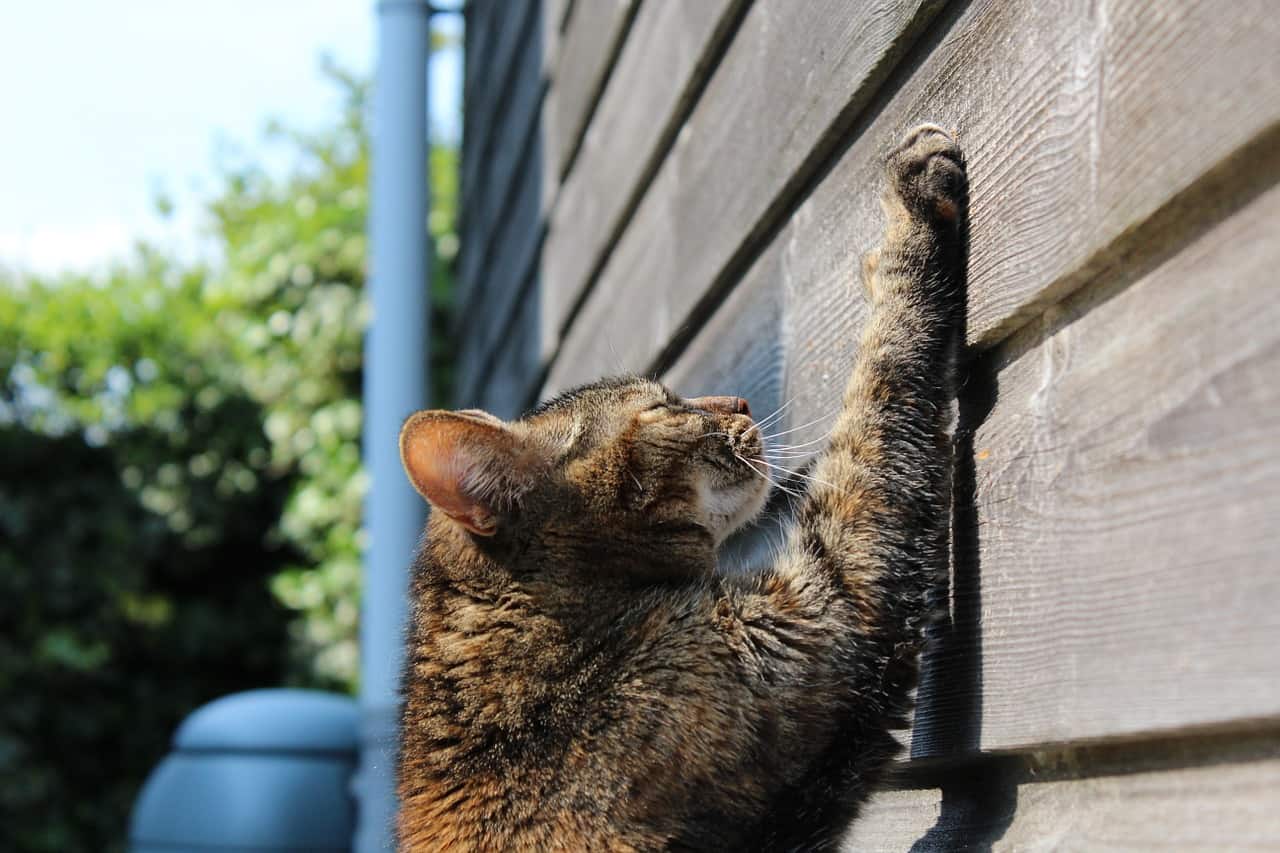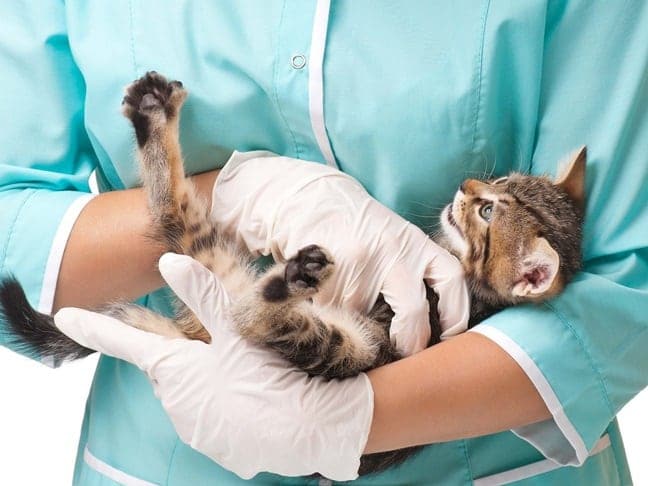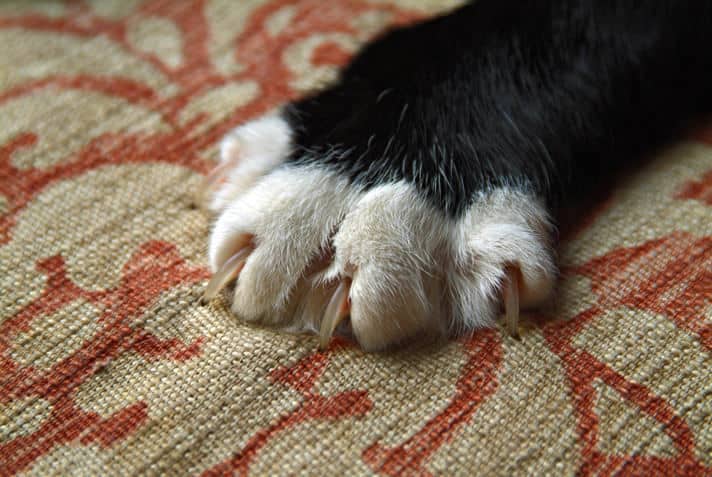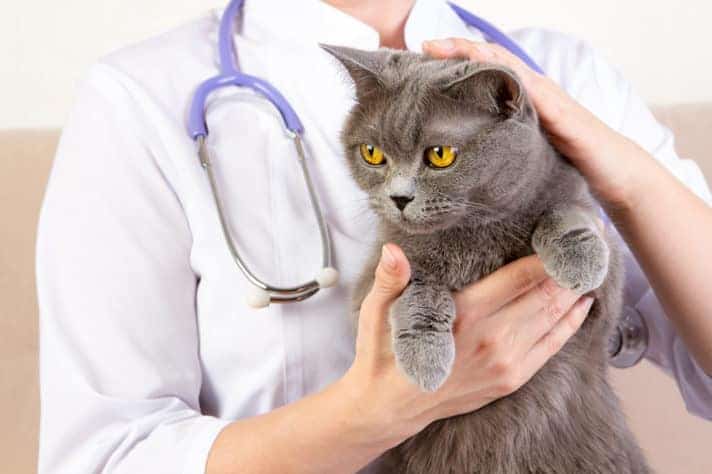Table of Contents

Our furry friends really do take over the household when they enter our lives. In fact, a lot of people say it becomes the cat’s home rather than yours, and you will often catch them relaxing on the bed or chilling out on the sofa. But while there are many benefits to having your furry pal in the house (company and laughter for starters), there are some negatives.
For one thing, their fur can get everywhere in the house. It can take cat owners hours trying to vacuum up all the excess fur in the home during the summer months when they are shedding. And it does get all over your clothes too; it can be tricky to remove it all from your top or trousers. Moving forward, what’s your thought about de clawing a cat?
Another thing which is a downfall of having your cats inside is that they scratch your beloved furniture. They want to keep their nails in tip-top condition, but to do this, they often scratch the wallpaper or even the sofa. It’s also a natural instinct for them to leave their scent by scratching your belongings too.
Unfortunately, this can leave you feeling furious with your beloved pet. After all, you have spent well-earned cash on your furniture. And it can leave it looking tatty and old, even if you only just bought it, which is frustrating.
Therefore, a lot of pet owners decide to go down the route of declawing their cat. After all, you can then have your furry friend inside the house without having to worry about what they will do to your home. And it can help boost your relationship with your pet if you do go for this option.
Also, it can be a good option if you want to make sure they can’t scratch your family in the future. Of course, there are some other options you might want to try first such as getting a scratching post to deter them from the furniture. Or you can even buy aromas which will make sure they don’t get too close.
However, if you are looking for a more permanent solution, declawing might be the way to go. A lot of people worry about the cost of de clawing a cat. After all, they don’t want it to break the bank. Therefore, here is your guide to cat declaw prices so you know what to expect when you go to the vets.
Before the Surgery

Whichever vet you decide to go with will likely do tests before the cat goes in for surgery. That way, they can check their blood, as well as check the function of their organs to make sure they won’t have any problems during the surgery. It’s often advised especially if your furry friend is an older feline.
After all, the pet will need anesthetic for the op. You can expect to pay around $40-50 dollars for this pre-op. Although this is an added price, it’s worth it to make sure your pet will recover well after the operation. And a lot of vets will refuse to do it unless you have this done before.
Some vets might costs less or more but it is the average or the margin of most. Other operations is more expensive such as spaying a cat.
The Operation
Once you have decided to get your cat declawed, the vet will go through the different options they can do. There are several ways the process can be conducted of declawing your feline. If you are hoping for a cheaper option, it’s highly likely they will go for the common method of using a blade or a clipper. This cuts through the joint and will stop claw growth on your cat’s paws. This method can cost around $100-200 dollars. With this op, there is a risk the claws will come back. But it has the quickest surgery time and is the cheapest option so it is a common choice.

For the slightly higher end of the spectrum, the vet might suggest removing the bone by removing the ligaments. This will ensure no regrowth and has a slightly less chance of infection. Another option which is more expensive that the vet might discuss with you is declawing your furry friend by using lasers. For this method, you can expect to pay out around $200-400. This is becoming a more popular option for pet owners and vets alike as instead of using a utensil, they use a laser to remove the bones. By doing this, there is a lot less pain and less bleeding so your feline will be home a lot quicker and will be in less discomfort.
You should discuss the three options and the cost with your vet and let them explain the procedures more clearly to you. After all, if you do want to go ahead with the op, you want to feel reassured that they will do a good job with your pet. So find out their experience and discuss it with several vets until you are satisfied with your choice. It’s also worth checking exactly what the cost includes. At the end of the day, if you are shelling out hundreds of dollars, you want to make sure this does include the stay at the vet and any other treatment they need while they are there.
After Surgery

Once your feline has been through the surgery, they might need to be put on some pain relief to help them. It’s worth asking how much this will be as it will often be included in the initial price. In some cases, a vet will give the cat a patch which gives your feline friend the pain relief. This often costs an additional $40 to 50. You should discuss other pain relief methods while you are at the vets to help your cat properly recover.
Below is a short video for other surgical alternative to declawing your cat:
Conclusion
Remember to always look at the other options such as talking to a cat behaviorist first before resorting to declawing your feline. After all, there might be a quicker and cheaper option which will save you and your cat a lot of stress.